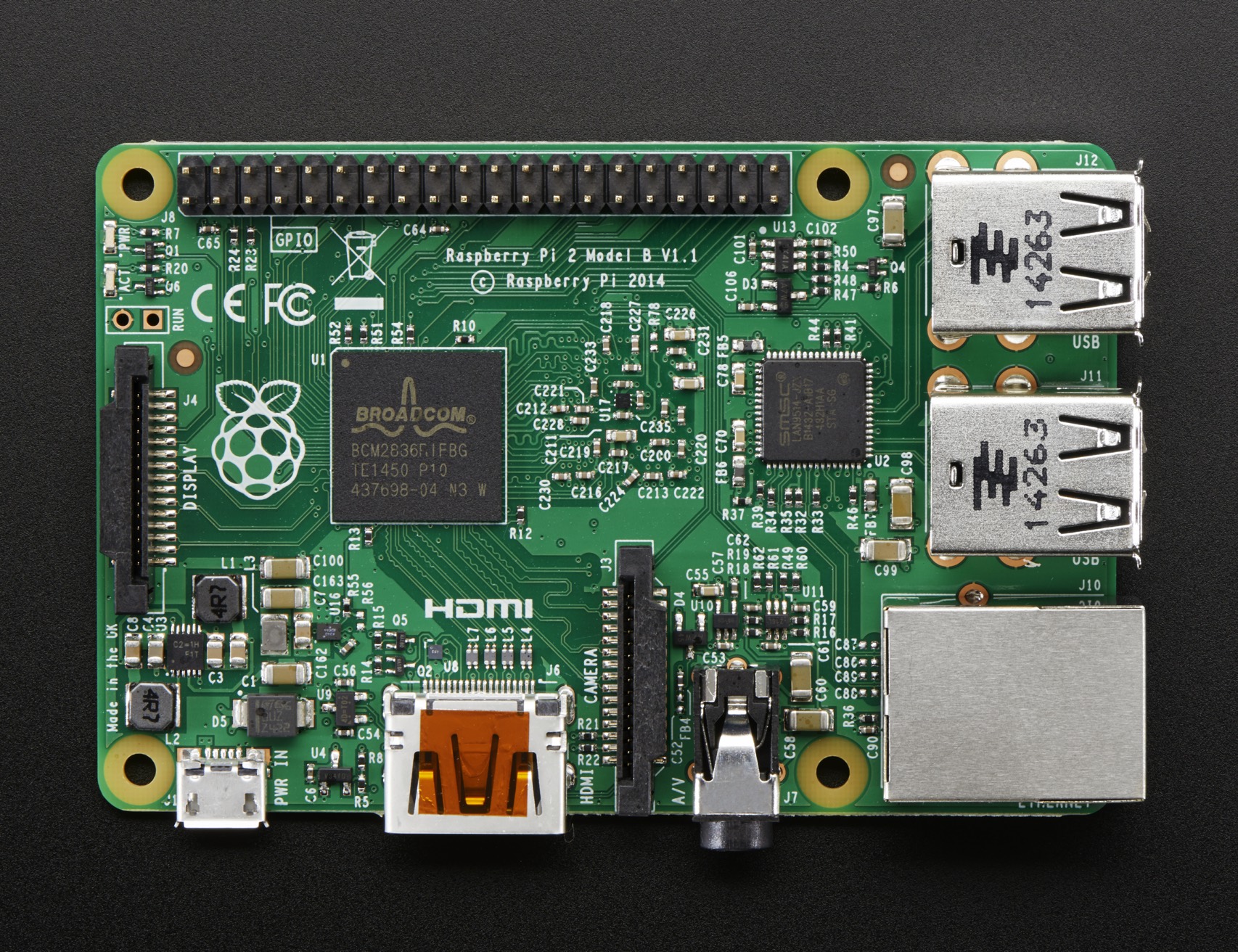

- RASPBERRY PI DELUGE CLIENT HOW TO
- RASPBERRY PI DELUGE CLIENT SOFTWARE
- RASPBERRY PI DELUGE CLIENT CODE
- RASPBERRY PI DELUGE CLIENT PC
- RASPBERRY PI DELUGE CLIENT DOWNLOAD
So if you hit F12 the drop-down terminal comes in the foreground, if you hit F12 again the terminal disappears (but keeps running). Guake is a terminal that works like any terminal.īut you can call it with a key, and hit hide with the same key.
RASPBERRY PI DELUGE CLIENT HOW TO
If you prefer another desktop environment, have in mind that the Raspberry Pi is not a powerful computer.Īs we’ll see in conclusion, you may have performances issue, so choose what you want, but prefer a light environment.Īnyway, you can check my tutorial here on how to install any desktop environment on Raspberry Pi if you want to try other ones. Sudo apt remove lxappearance lxde lxde-* lxinput lxmenu-data lxpanel lxpolkit lxrandr lxsession* lxsession lxshortcut lxtask lxterminal sudo apt-get install pistore If you want to stay on this desktop environment, you can uninstall the default one to free space on your SD card if needed:.On my screenshot I have changed default colors, you can do this in the Applications menu > Settings > Appearance. Reboot your Raspberry Pi and give a try.You can use this tool again to come back to LXDE as default if you don’t like XFCE. This command will set XFCE as the default desktop environment on the next boot. If you get the same, enter the xfce4-session ID (6 in my case).Sudo update-alternatives -config x-session-manager Then you have to set XFCE as the default desktop environment.You can use your packages manager to do this (synaptic or the default one), but here is the apt command to do the same: Firstly, you need to install xfce4 and xfce4-all packages.The installation process is not natural, so I’ll give you all the steps: You’ll get the applications menu on the top left (I like that) and a dock with the main shortcuts at the bottom of the screen (you can customize it as you want). I think XFCE4 is a good balance between performances and design, so I start with this one. I have chosen XFCE4, but depending on your needs, other possibilities exist. If I have to use the Raspberry Pi as my computer, I’ll install a better interface. The old-school default desktop environment was not for me. I have compared them all, and I give you the best recommendation. If you are not sure if your SD card is good enough, you can check my benchmark of the best SD cards here. I don’t know about you, but I hate having to start all over again because I didn’t choose my materials. However, for desktop usage of the Raspberry Pi I will give you mainly graphical software.īefore installing any apps, make sure you are using a fast SD card with enough space to keep everything. If you always use the apt-get command to manage your packages, you don’t need this tool.
RASPBERRY PI DELUGE CLIENT DOWNLOAD
It allows you to add repositories, customize the tool, or to use a script to download packages automatically from a previous installation. You can see all Raspberry Pi OS packages on one page, browse by categories or search for specific words.Īnd mainly you’ll get all menus on the top bar, a thing that we don’t have on the default software. It’s equivalent to the default “Add/Remove Software” with more features.
RASPBERRY PI DELUGE CLIENT SOFTWARE
It will help you find and install new software on your Raspberry Pi. If you are lost in all these new words and abbreviations, request my free Raspberry Pi glossary here (PDF format)! Get all the information on this page if you are interested. You’ll also do your first project with me, just to make sure you are ready for the next level. I’ll help you use the perfect hardware, plug everything in and install your first system. If you need help getting started on Raspberry Pi, I have an entire course to guide you through your first steps. I have written a complete tutorial on how to install new apps on Raspberry Pi, feel free to read it first, especially if the apps you are interested in aren’t available with traditional methods.


You might know some of these apps already, but I’ll introduce each with a picture and a short description explaining why you need it on your Raspberry Pi This list was created according to my needs after two days of using a Raspberry Pi as a desktop computer.
RASPBERRY PI DELUGE CLIENT CODE
Category Best application Email client Thunderbird Graphics MyPaint Development Visual Studio Code Web browser Vivaldi Office LibreOffice Console Terminator Printers management CUPS Movies VLC Music QMMP Instant messaging Empathy Recommended apps on Raspberry Pi This article explains which apps I found useful when replacing your main computer with a Raspberry Pi.
RASPBERRY PI DELUGE CLIENT PC
I used my Raspberry Pi as a desktop PC for two days prior to writing this article. Finding good apps that work on Raspberry Pi is important if you plan on using it as a replacement for your desktop computer.


 0 kommentar(er)
0 kommentar(er)
